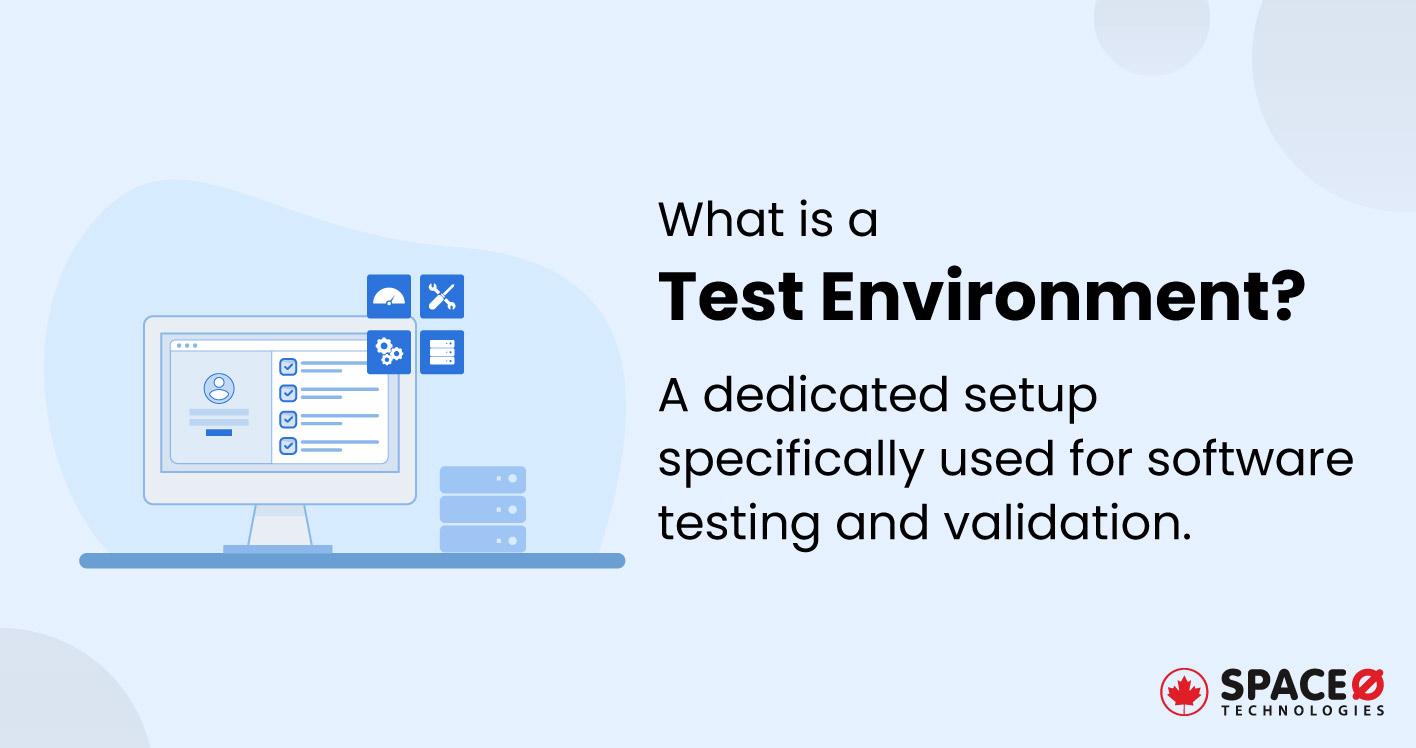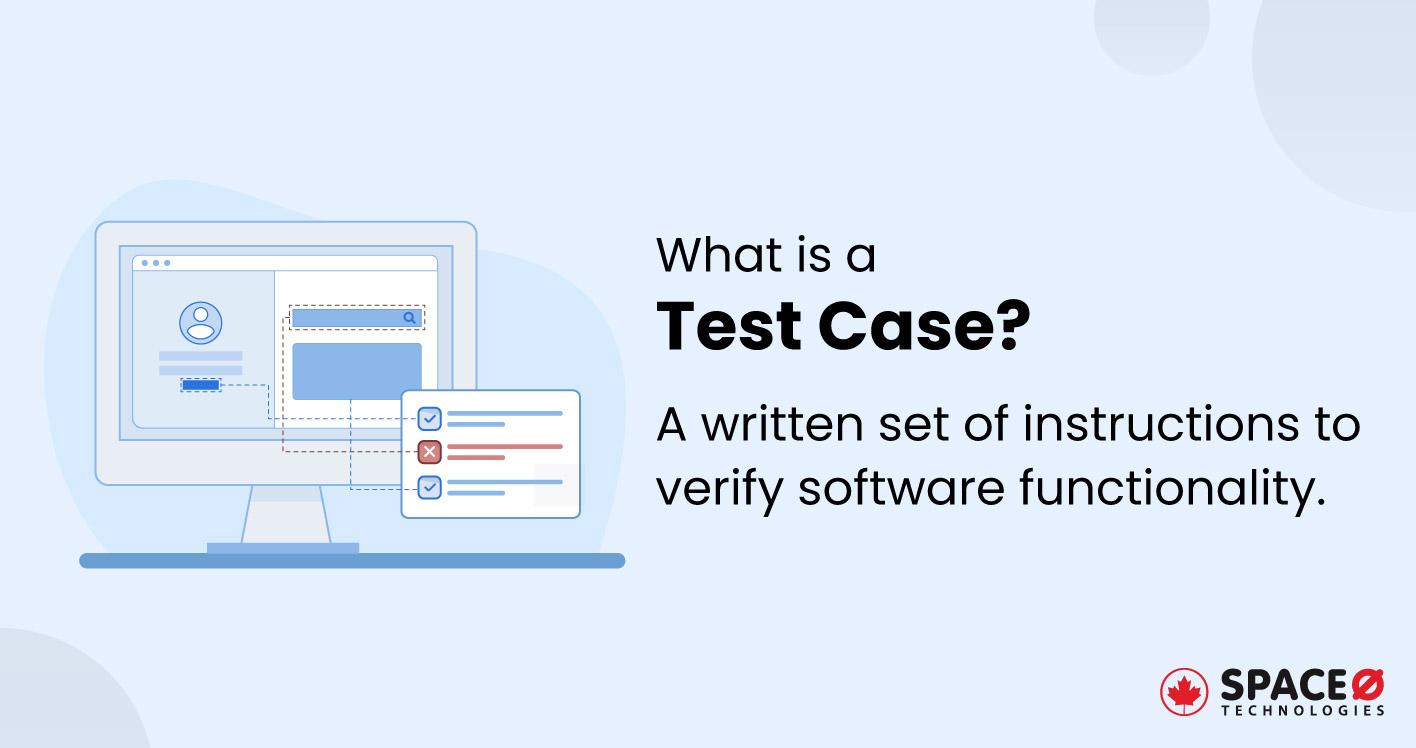
What is a Test Plan? [Definition & Types Explained]
Table of Contents
What is a Test Plan?
A test plan is an organized and methodical document that describes the objectives, scope, and procedures involved in software testing activities.
A test plan serves as a strategic roadmap to ensure the software application meets its design specifications and performs optimally under various conditions.
A test plan is an integral part of the software testing life cycle as it describes all the important components used for conducting testing. Before you learn more about a test plan, you must have a basic understanding of the software testing life cycle. Knowing STLC helps you better understand the different components used in it. Read our detailed guide on the software testing life cycle (STLC).
The important components used in software testing are testing methodologies, a test strategy, resource allocation, test environment requirements, scheduling, and risk management.
Also, you can use a ready-made test plan template to save time in creating a test plan.
What are the Different Types of Test Plans?
There are three main types of test plans. Let’s understand each type in detail.
- Master test plan: A high-level blueprint outlining the complete testing process, objectives, and approach for a software project across all testing phases.
- Specific test plan: A tailored plan addressing a distinct aspect of testing, such as performance, security, or regression, within the software testing process.
- Phase test plan: A detailed plan focused on a single testing phase, such as unit, integration, or system testing, within the software development lifecycle.
Why is it Important to Create a Test Plan?
A well-written test plan offers you several benefits. Here is a list of the benefits that you get by creating a test plan.
- Improved quality: A test strategy makes sure that testing is thorough and organized, which lowers the risk of software flaws and errors.
- Efficiency gain: Teams can prioritize testing tasks and deploy resources more efficiently with the use of a test plan, cutting down on testing’s time and expense.
- Risk management: A test plan aids teams in identifying potential hazards and creating mitigation techniques, improving risk management.
- Improved communication: Team members may communicate more easily and have a shared knowledge of testing activities thanks to a test plan.
Components of a Test Plan
These are the elements of a typical software test plan:
- Test plan identifier: A special code for the test plan that distinguishes it from earlier versions and frequently includes a version number.
- Introduction: This section introduces the project and provides broad test documentation, defining its purpose, aims, and goals.
- Testing scope and objectives: This section describes the functionality and features to be tested and the scope and goals of the testing activities.
- Test strategy: Covers information about the testing methods, tools, and techniques that will be used while conducting the testing of software.
- Testing environment: A well-prepared test plan has details on the testing environment that describes information on the hardware and software used during the testing process. If you want to know more about environments used in testing, here is a brief explanation of test environments.
- Schedule of testing: Includes information about the important milestones with their deadlines to accomplish.
- Test deliverables: This section includes important documents and reports such as a test case, test scripts, a project plan for testing, and test reports. However, if you want to learn more about a test case, here is a brief explanation of what a test case is.
- Execution of tests: Describes the guidelines, criteria, and steps for performing testing and also includes roles and responsibilities of team members.
- Test management: Information about the process and steps to manage the testing tasks with test results, reports, and tracking of bugs.
- Entry and exit criteria: The prerequisites that must be completed before testing gets started (entry criteria) and the conditions that must be met (exit criteria) after the successful completion of a test phase.
In summary, test planning is an important activity of creating a document that has complete information about software testing activities.
All our projects are secured by NDA
100% Secure. Zero Spam
*All your data will remain strictly confidential.
Trusted by


Bashar Anabtawi
Canada
“I was mostly happy with the high level of experience and professionalism of the various teams that worked on my project. Not only they clearly understood my exact technical requirements but even suggested better ways in doing them. The Communication tools that were used were excellent and easy. And finally and most importantly, the interaction, follow up and support from the top management was great. Space-O not delivered a high quality product but exceeded my expectations! I would definitely hire them again for future jobs!”

Canada Office
2 County Court Blvd., Suite 400,
Brampton, Ontario L6W 3W8
Phone: +1 (437) 488-7337
Email: sales@spaceo.ca



